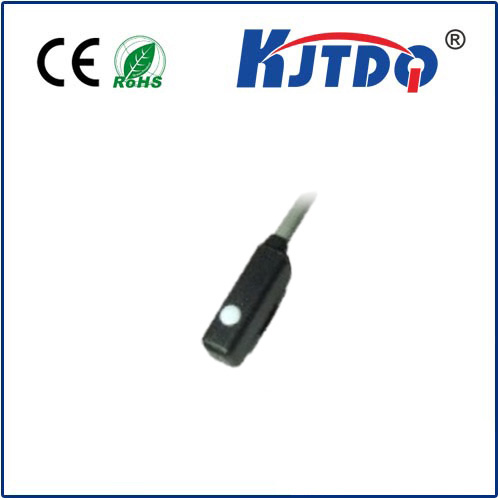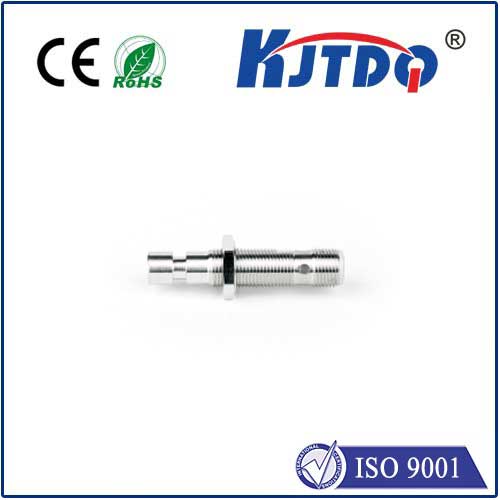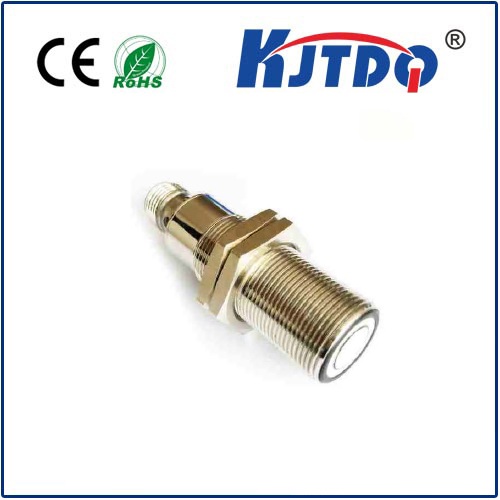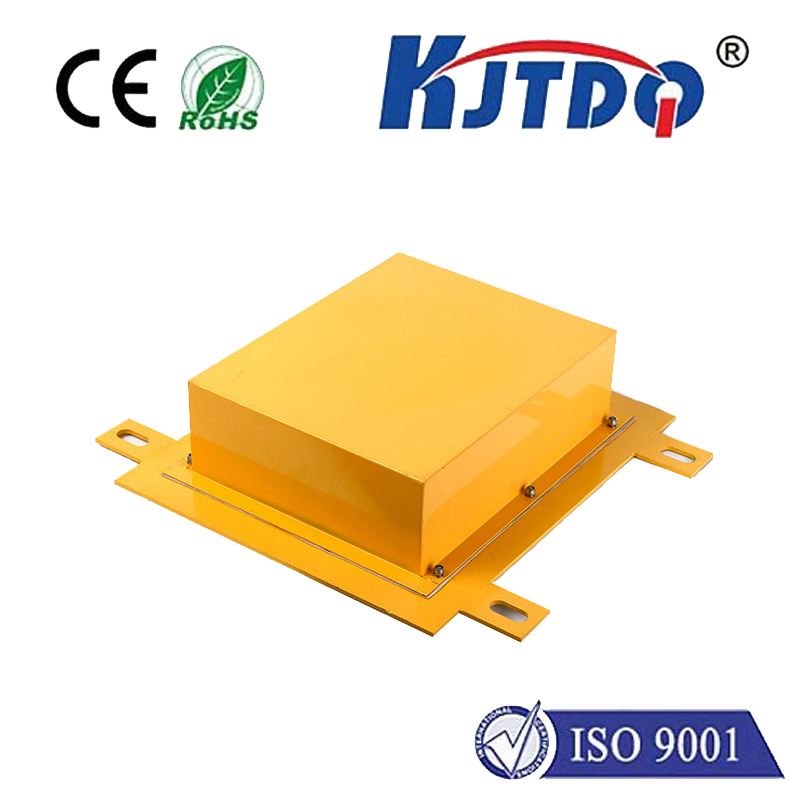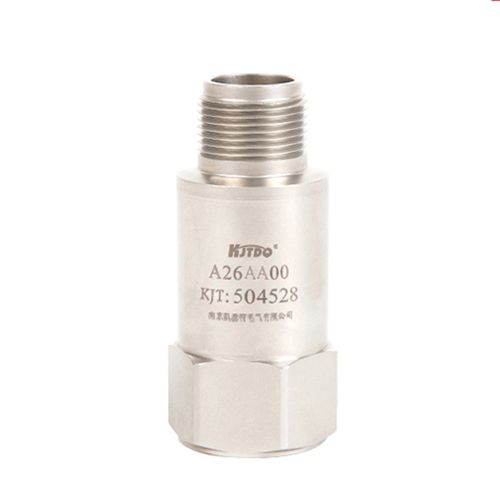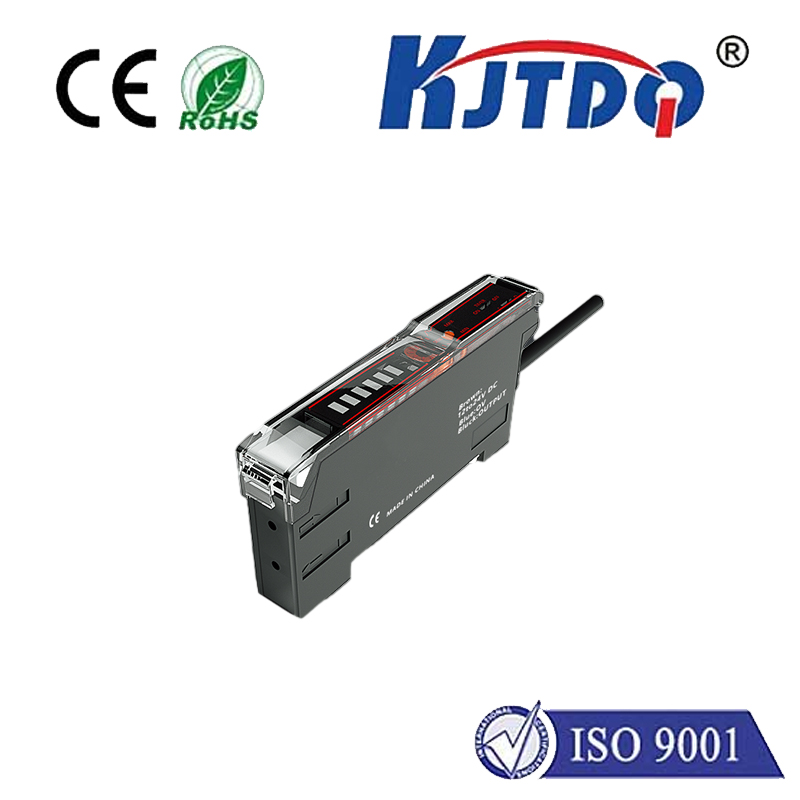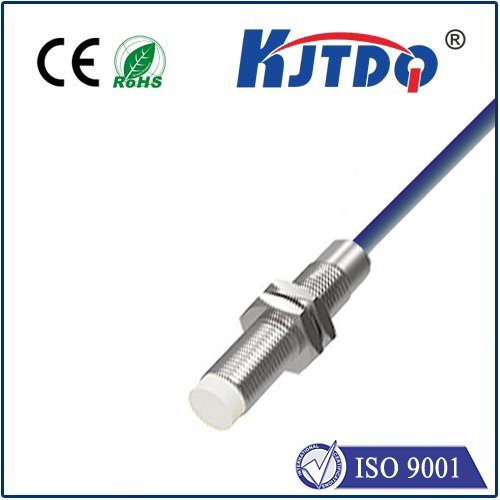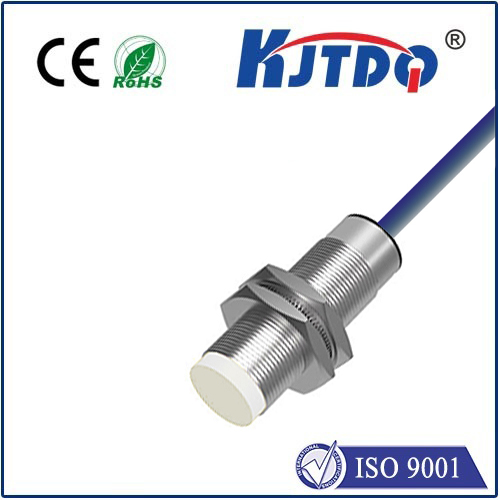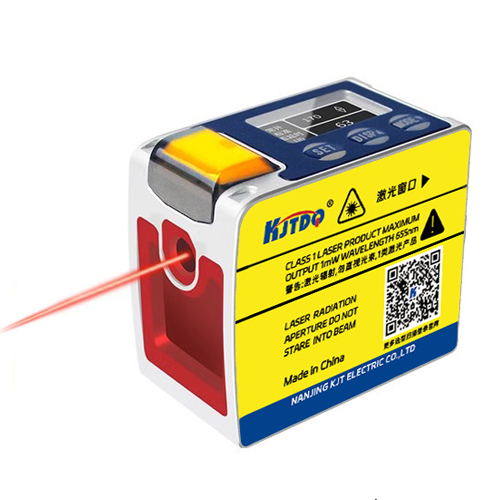

check

check

check

check

check

check

check

check

check

check
Ever fumbled with your smartphone during a call, the screen stubbornly blacked out despite your ear not quite touching it? Or marvelled at how your smartwatch automatically wakes when you glance at it? The unseen hero orchestrating these seamless interactions is often the proximity sensor, and the A12 proximity sensor stands as a significant advancement in this crucial component technology. Understanding the role and capabilities of sensors like the A12 is key to appreciating the invisible intelligence embedded in our everyday devices.
At its core, a proximity sensor detects the presence or absence of nearby objects without physical contact. Think of it as a device’s highly tuned spatial awareness. While various technologies exist (inductive, capacitive, ultrasonic), infrared (IR) proximity sensors are particularly dominant in consumer electronics due to their reliability, cost-effectiveness, and suitability for detecting objects like human skin. This is precisely the domain where the A12 proximity sensor excels.

So, what makes the A12 noteworthy? Its advantages lie in delivering exceptional performance where it matters most:
The applications for the A12 proximity sensor are vast and integral to modern tech:
Implementing a high-performance sensor like the A12 isn’t trivial. Electronic designers face challenges like ensuring precise optical alignment of the IR emitter and receiver within the device chassis, shielding the sensor from internal electronic noise that could disrupt its sensitive readings, and fine-tuning calibration for different form factors and target materials (like human skin). Overcoming these hurdles is vital for the sensor to achieve its promised accuracy and reliability.
Compared to earlier proximity sensing technologies, the A12 represents a quantifiable leap. Older sensors might have struggled with shorter detection ranges, higher power consumption, or susceptibility to lighting changes. The A12 proximity sensor addresses these weaknesses, offering developers a component that delivers superior performance and enables them to create devices with smarter, more power-efficient interactions.
The next time your phone screen instantly darkens during a call, or your smartwatch lights up perfectly as you glance at it, remember the sophisticated miniature technology at work. The A12 proximity sensor, though unseen, plays a critical role in making our devices not just functional, but intuitive and responsive. Its focus on precision, ultra-low power consumption, and robustness against interference makes it a cornerstone component for any device where efficient, reliable spatial awareness is key. As electronics continue to evolve towards ever-more seamless human interaction, advancements embodied in sensors like the A12 will remain fundamental to building a smarter, more connected world.
